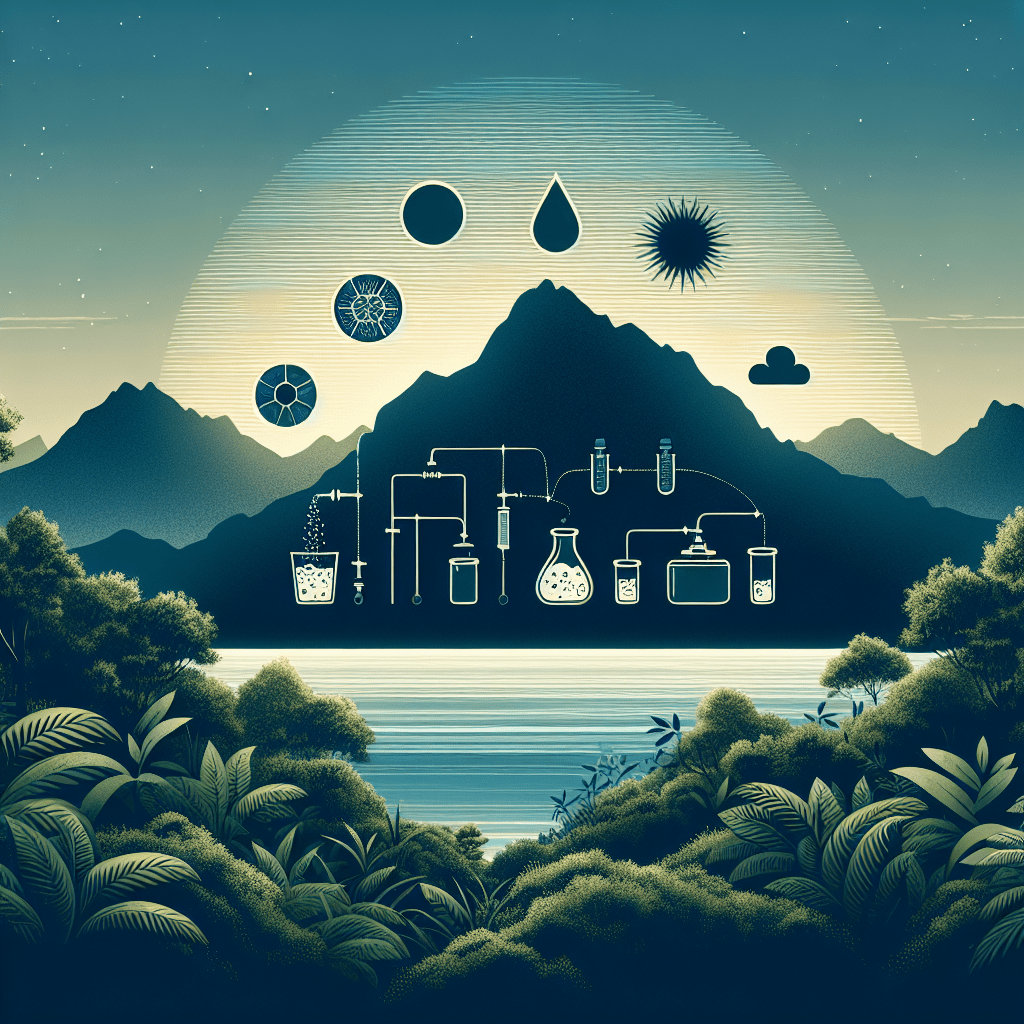Water in the Wilderness: Survival Techniques for Finding and Purifying Water

Introduction to the Essence of Water in Survival
Water is the elixir of life, especially in the wilderness where survival hinges on the availability of clean, drinkable water. This article unravels the practical advice for locating and purifying water in survival situations, emphasizing the critical role water plays in sustaining life. Understanding these techniques is not just about survival but about respecting and harnessing the natural resources wisely.
Understanding Natural Indicators
Nature offers subtle clues that can lead to water sources. Vegetation such as willows, cottonwoods, and cattails often grow near water. Animal tracks can also converge on water sources, while insects tend to be more prevalent in humid areas close to water. Observing the landscape, such as valleys and depressions, can guide one towards potential water sources.
Collecting Dew and Rainwater
Survival situations call for ingenuity. Collecting dew or rainwater using cloths or tarps can provide a vital water source. Early mornings are the best time to collect dew, which can be wrung out from the cloth into a container. Rainwater, being relatively clean, requires minimal purification before consumption.
Boiling
Boiling is the most reliable method to purify water, killing pathogens and bacteria. In a survival scenario, water should be brought to a rolling boil for at least one minute, but preferably longer at higher altitudes, to ensure it's safe to drink.
Solar Water Disinfection (SODIS)
Using the sun's UV rays can purify water through a process called Solar Water Disinfection (SODIS). Filling a clear plastic bottle with water and leaving it in direct sunlight for 6-8 hours can neutralize many pathogens, making the water safer to drink. This method is ideal when other resources are limited.
Chemical Purification
In the absence of boiling facilities, chemical purification using iodine or chlorine tablets can be a lifesaver. It's crucial to follow the instructions carefully, as the effectiveness can vary based on the water's temperature and clarity.
The Importance of Water in Survival SituationsStaying Hydrated to Maintain Physical and Cognitive Functions
Water is not just about quenching thirst; it's about maintaining physical and cognitive functions crucial for survival. Dehydration can lead to impaired judgment, weakness, and in severe cases, death. Understanding and applying water finding and purification techniques can significantly increase one's chances of survival in the wilderness.
Conclusion: The Lifeline of Wilderness Survival
Mastering the art of finding and purifying water in the wilderness is an essential survival skill. These techniques not only underscore the resourcefulness required in survival situations but also highlight the importance of water in maintaining life. As adventurers and survival enthusiasts venture into the wilderness, remembering these vital skills can make the difference between life and death.
"Water is the driving force of all nature." - Leonardo da Vinci
This quote from Leonardo da Vinci encapsulates the essence of our discussion, reminding us of the fundamental importance of water in our lives, in nature, and in the critical moments of survival. Whether in the wilderness or in our daily lives, understanding and respecting water's power and purity is essential for our well-being and survival.



